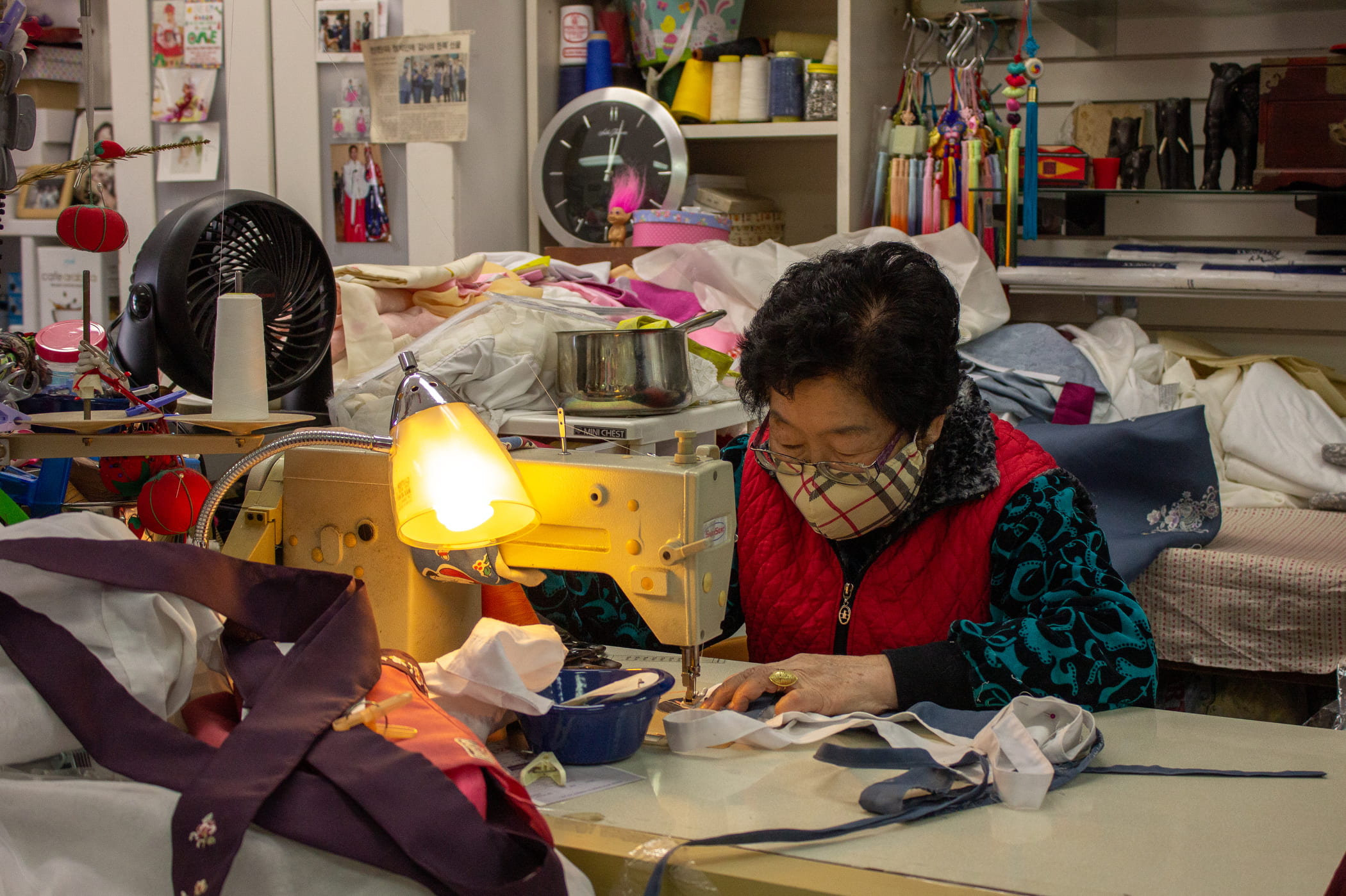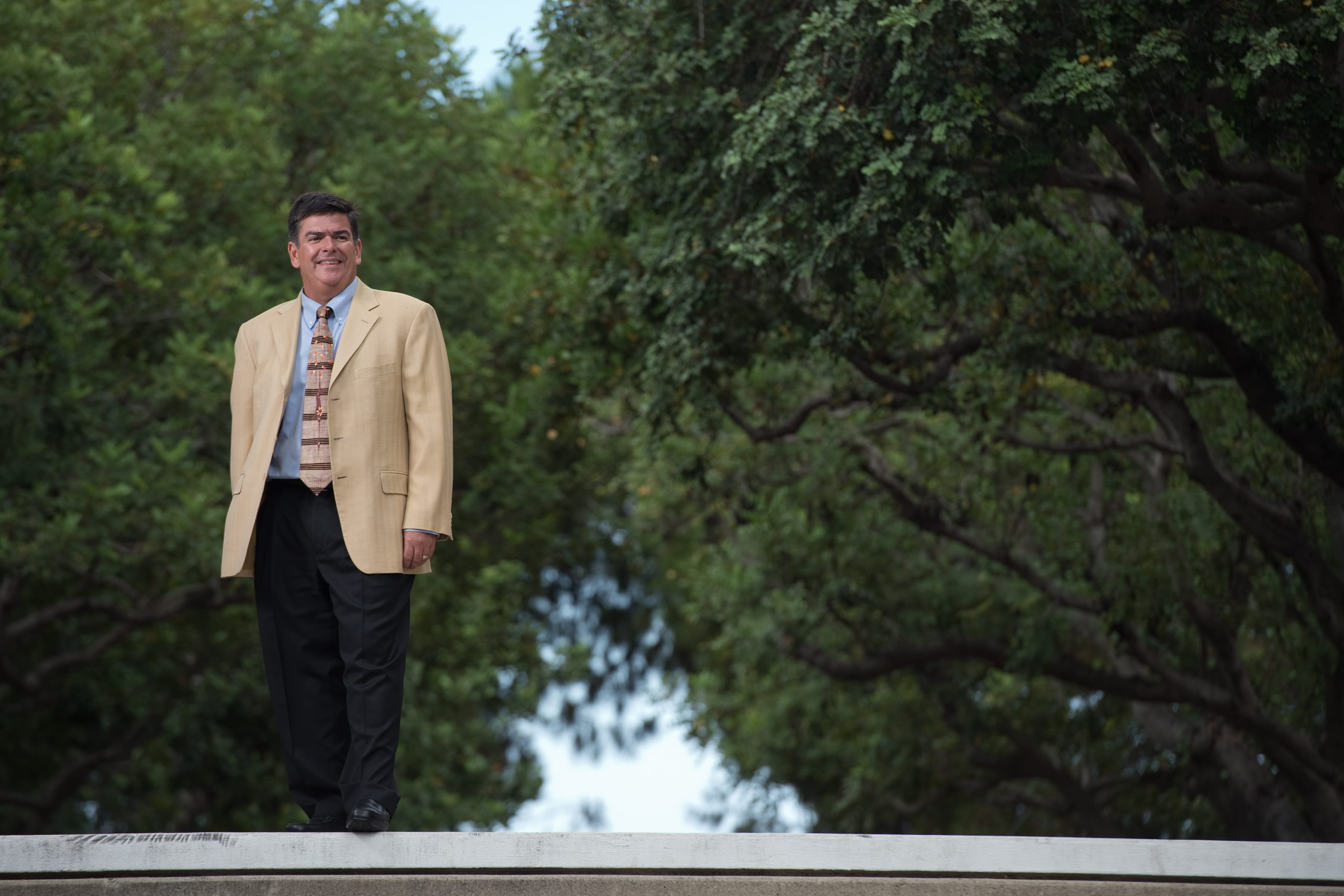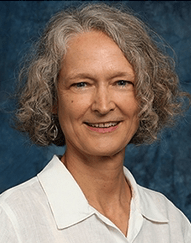A fresh perspective on the AAPI experience
UCI students employ photovoice technique to document reality in O.C.’s Asian American and Pacific Islander community during pandemic

A small-business owner sewing hanbok, traditional Korean clothing typically worn during special celebrations. Aged hands folding a mixture of seasoned potatoes and peas into pockets of dough. The empty tables of a langar, a Sikh communal kitchen where free food is provided to the poor. A hospice bed in the middle of a living room.
These are some of the images collected by a team of 24 UCI undergrads as part of a research project called Visualizing Our Identities and Cultures for Empowerment. Pointing their cameras at the Asian American and Pacific Islander community in Orange County – home of the third-largest AAPI population in the United States – they captured many of the ways the COVID-19 pandemic has affected lives.
Unlike most research-based endeavors, VOICE prioritizes imagery. To study their subjects, the students used a unique technique called photovoice, which encourages “ethical photography for social change.” The 48 pictures archived for the project are accompanied by brief, written reflections on the photos’ deeper implications. Exploring themes of family, business, healthcare, resilience and community, the researchers asked, “Why does this situation exist? How could this image educate others? What can we do?”
Over the past year, the AAPI community has grappled with far more than just the pandemic and making resources accessible to the high percentage of members who are not fluent in English. With some people blaming China for the spread of COVID-19, there have been boycotts of Asian ethnic businesses and increasing anti-Asian violence. The photovoice method “gave voice” to stories that had been ignored or silenced – serving as a tool for individual and institutional change.
“The photos really give people the feeling of what it’s like to live through the pandemic and the feeling of what it’s like to be perceived as a racial enemy,” says Judy Tzu-Chun Wu, a project lead and director of the UCI Humanities Center. “So much of our work is textually driven – and we have elements of that with the storytelling and analysis – but I think there’s something very powerful about being able to see the world through a particular lens.”
For the community, by the community
The students recently showcased their work in a virtual exhibition titled “Through Our Eyes, Hear Our Stories.” The final product was the result of half a year of work and campuswide collaboration among the School of Humanities, the Department of Epidemiology & Biostatistics, UCI Libraries, the Chao Family Comprehensive Cancer Center and six local nonprofit organizations: The Cambodian Family, Korean Community Services Health Center, the Orange County Asian and Pacific Islander Community Alliance, the Pacific Islander Health Partnership, the South Asian Network and the Vietnamese American Cancer Foundation. Community engagement has been challenging during the pandemic, and photovoice provided an opportunity to connect and share through a safe medium.
“Our community partners are on the front lines every day trying to help people get healthcare access, as well as translate information so people are aware of public health risks or so they can access unemployment,” Wu says. Each student involved in the project was paired with a mentor from one of the nonprofits, many of whom were UCI alumni or graduate students doing outreach work in the community. “I’m really grateful that these organizations stepped in and were willing to provide mentorship and to share what they’re experiencing with the students so that they could really enrich their perspectives,” she says.
The process
The project was spearheaded by an Office of Inclusive Excellence Advancing Equity in the Age of COVID-19 grant. After VOICE leaders received photovoice training late last summer, they recruited a diverse group of students to participate. During the first quarter of the 2020-21 academic year, they established connections with the community, taught the photovoice method to the students, held focus groups to discuss the materials, and at the end of fall, archived the photos and hosted a mini program for the community partners. But a crucial component of the project was expanding its reach beyond the university.
In the winter quarter, students brainstormed how to disseminate the photos more broadly. They initiated an Instagram campaign. They created Zoom backgrounds. They developed an easily navigable website. They planned the online exhibition for the broader UCI community. And then they took it one step further.
A subcommittee of students receiving funding from the Undergraduate Research Opportunities Program has been working on a curriculum plan to teach younger populations how to use the research technique. They will be testing it this spring in an Anaheim after-school program for middle and high school students. They hope to teach the new generation the principles of photovoice; the ethics involved, such as informed consent and cultural sensitivity; and how to use the method for civic engagement.
Making an impact
The photovoice stories are already creating change in the community.
When the photo of the woman sewing hanbok was first taken, she was planning to permanently close her store. But the story got out, leading to a revival of the business, and today she is still operating.
An offshoot of the project just received an award from Imagining America for its Leading and Learning Initiative’s Stories of Change campaign, and VOICE has been selected as one of its case studies to highlight public and activist scholarship in design, the arts and the humanities.
Sidra Asad Ali, a second-year public health sciences major who participated in the project, says VOICE helped her understand the diversity of the AAPI community. “I’m Pakistani American, and I have a lot of friends who are also in the AAPI community, so I thought that I had a general idea of what everyone is going through,” she says. “But after seeing all the pictures my fellow researchers included in their presentations and all the struggles they described, I realized how little differences between our cultures make a huge difference when it comes to things like COVID.”
For Wu, the black-and-white image of the hospital bed in the living room hit particularly close to home. “It really resonated with me because my father passed away last spring, and my mother had been caring for him. She didn’t want him to go to a facility or go to the hospital, especially during COVID,” she says. “Those pressures of keeping your family safe and healthy and taking on additional work because you don’t feel comfortable having loved ones go into a broader structure of support are reflected so powerfully in these photos.”
Jessica Ramirez, a senior majoring in public health policy, hopes to continue to use photovoice after she graduates. “VOICE laid the foundation for each of us as we go into our own professional fields. With this knowledge, we can create our own photovoice projects in our local communities,” she says. “It’s definitely something I want to try to do with the Filipino advocacy that goes on in my town. This has been the starting point for what’s to come in the rest of my public health career.”







